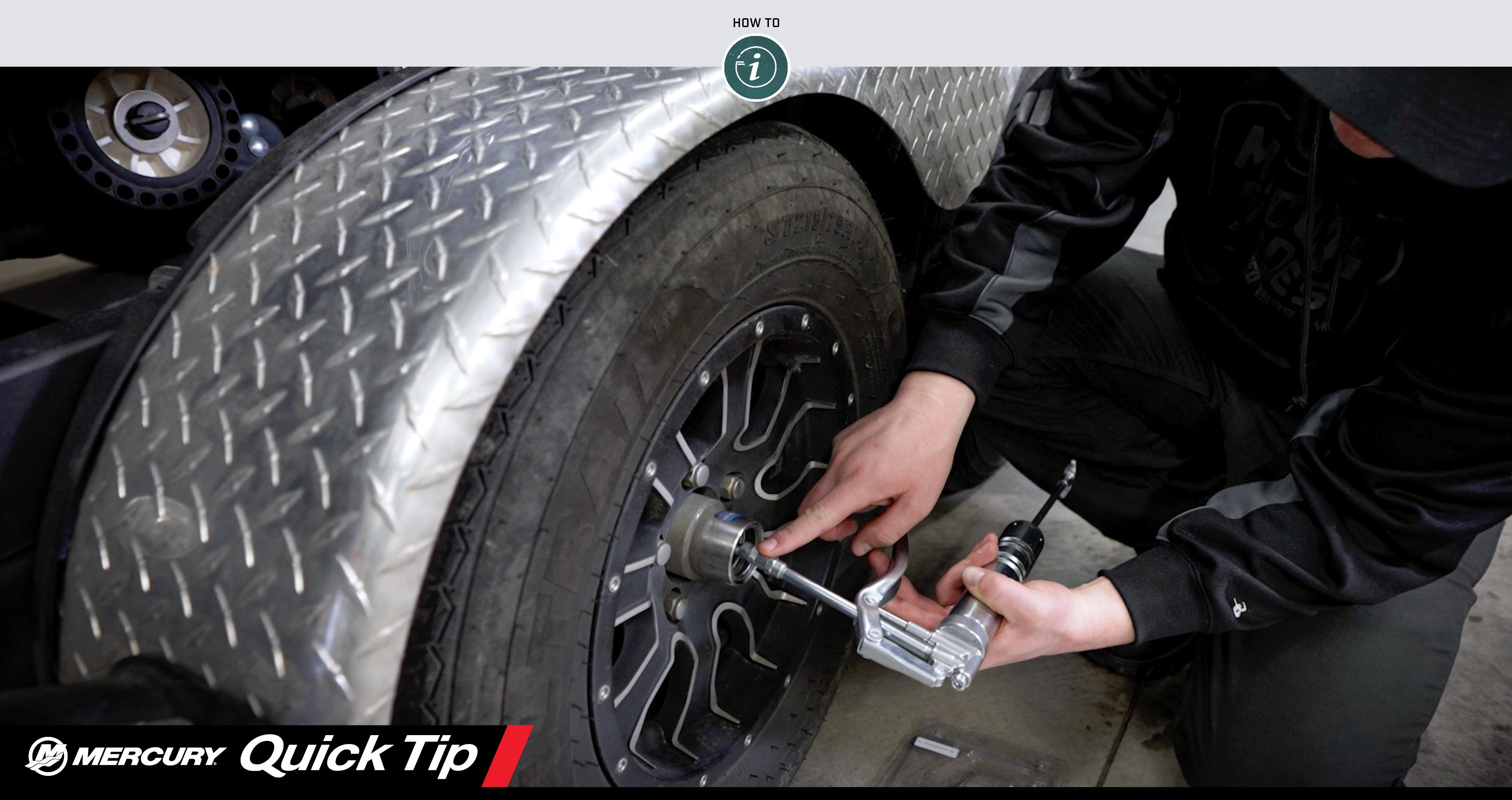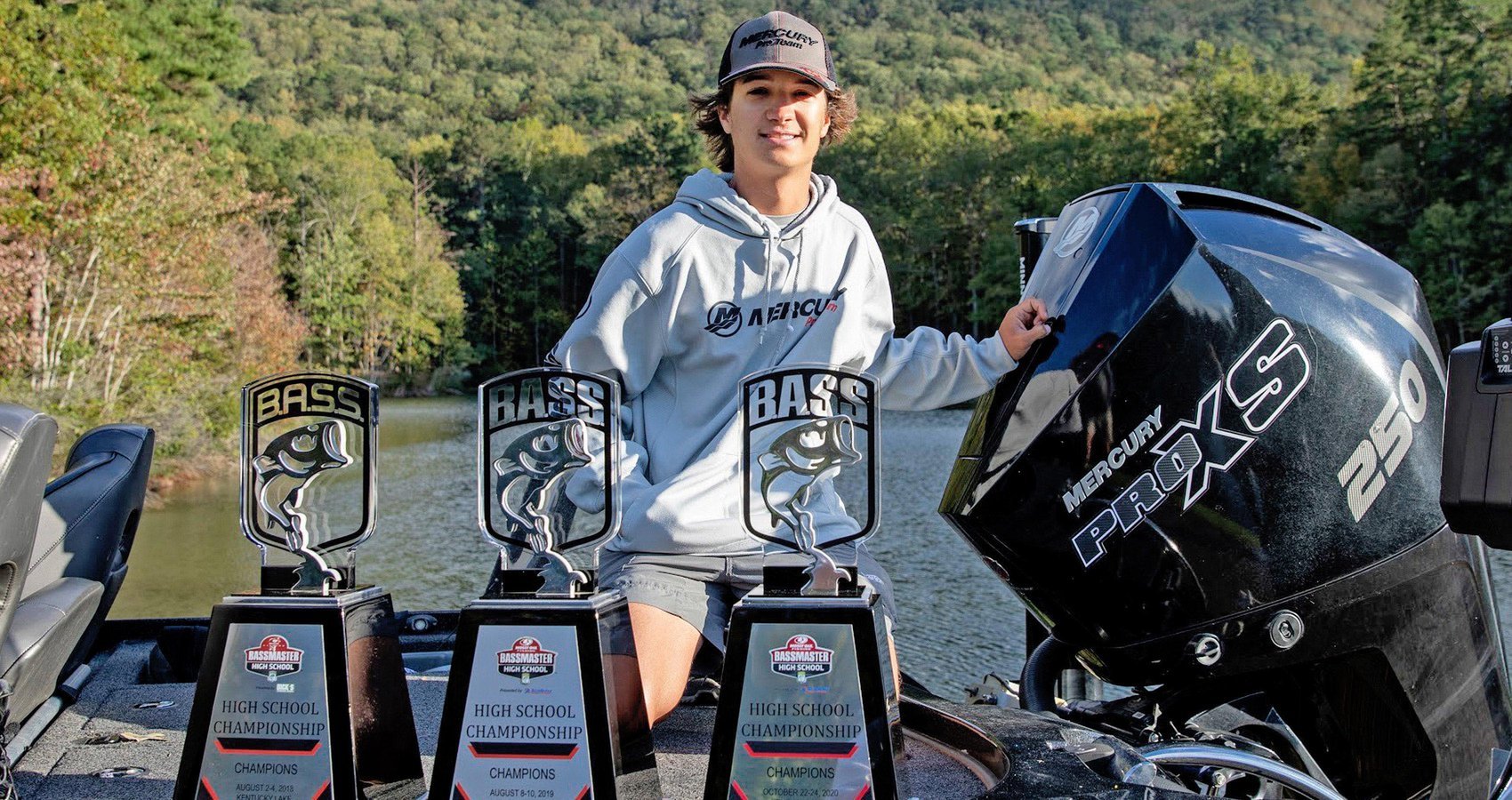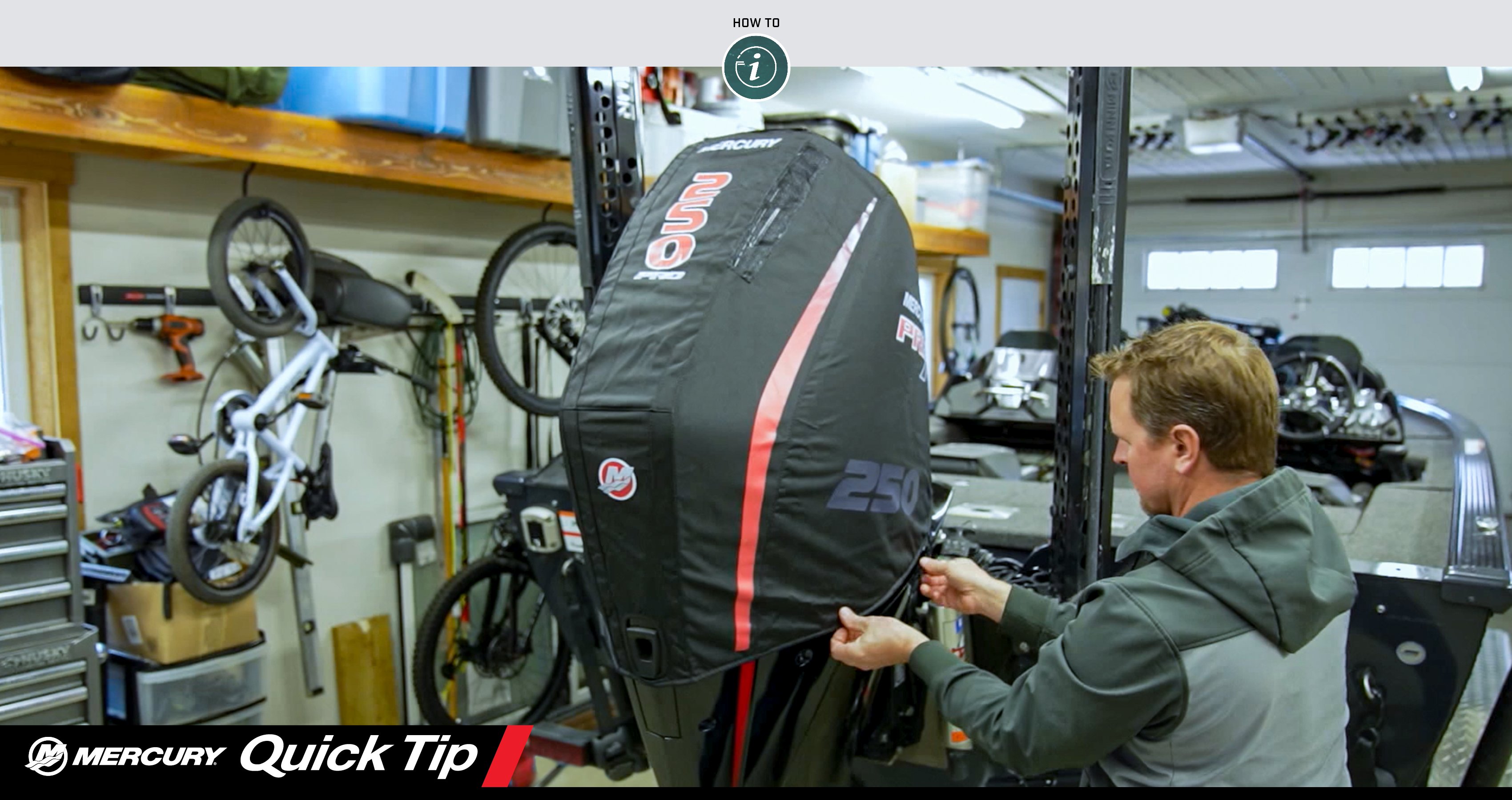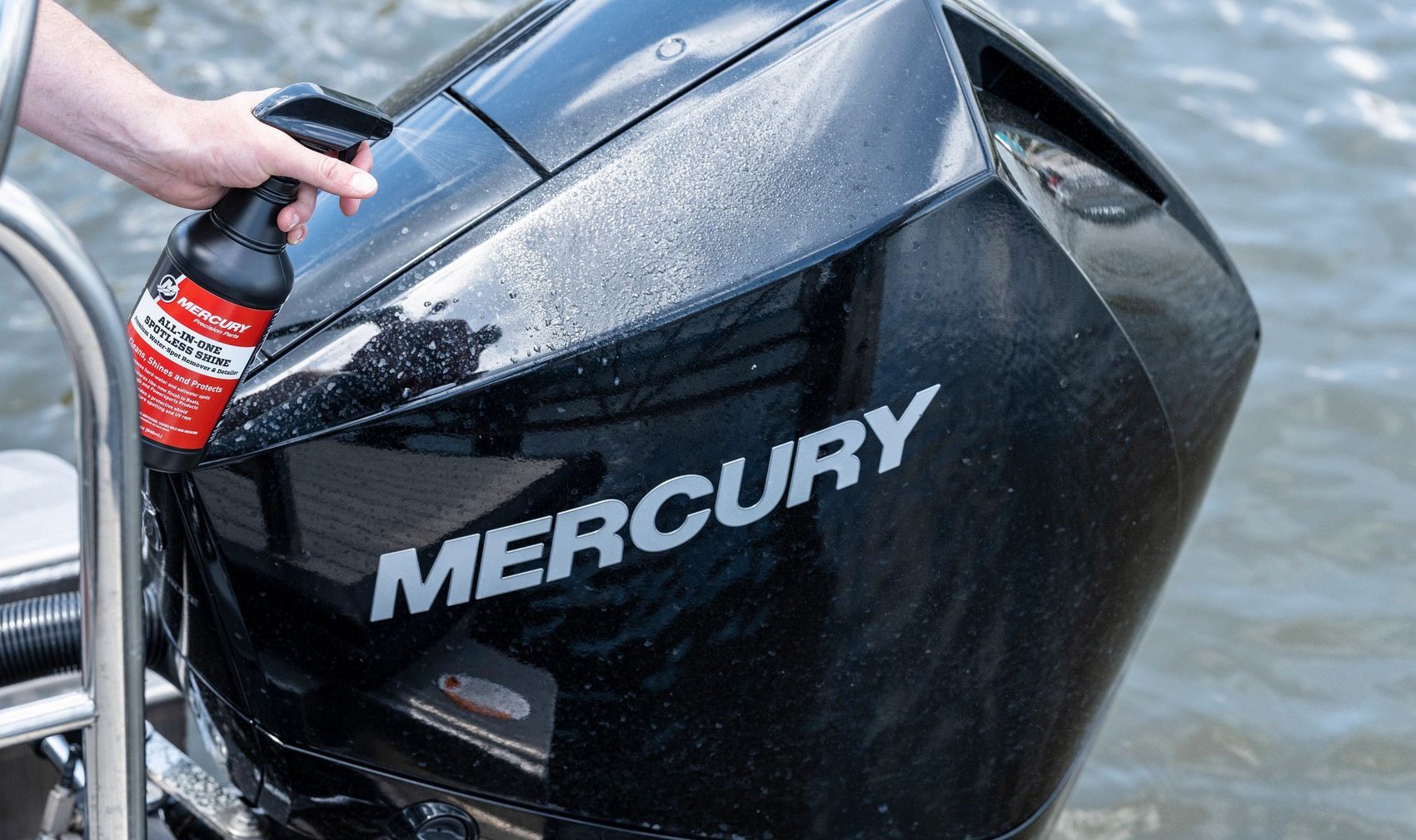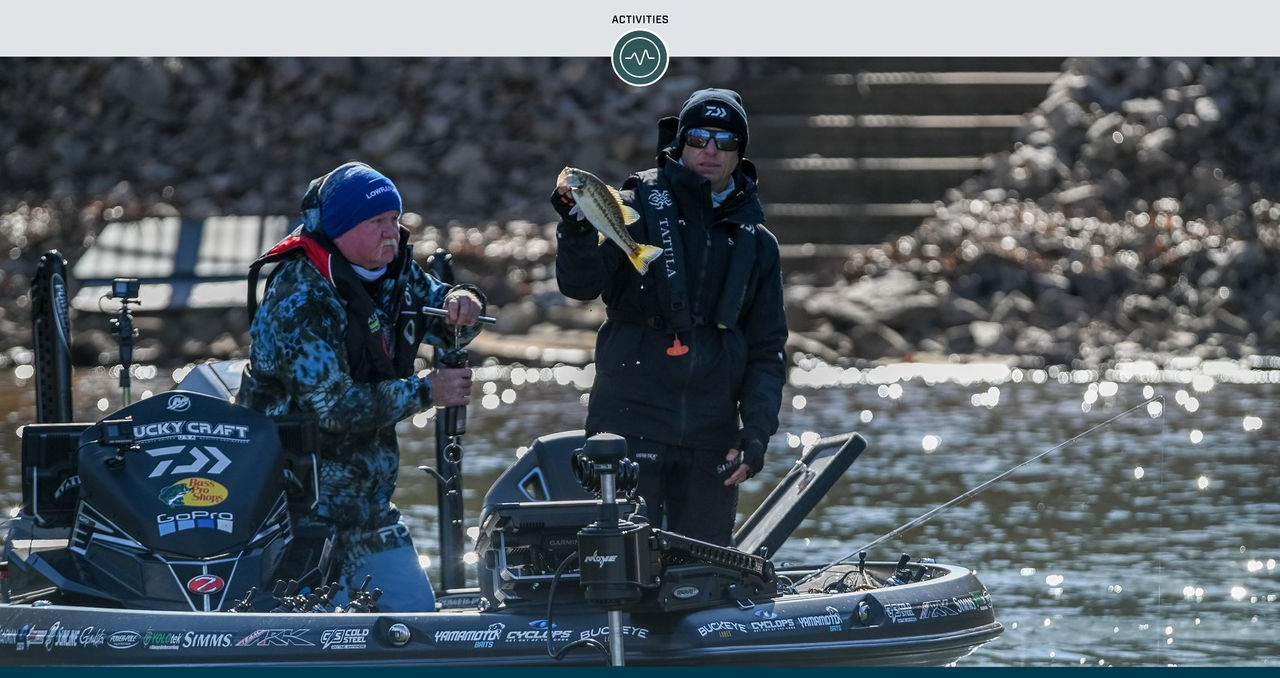While the largemouth bass hogs the limelight as the most pursued freshwater game fish in the United States, its spotted bass cousin is just as fun to catch. Over the last 30 years, spotted bass populations have been established in lakes in about half the states in the country, making them more accessible to anglers than ever before. The range of the spotted bass now extends from the Southeast, up across the Midwest, and over into New Mexico, Arizona, California, Nevada and Oregon. About the only place you won’t find spotted bass is in the more frigid states along the Canadian border.
Most beginning bass anglers start with catching largemouth and smallmouth bass, but at some point, they become curious about catching wily spotted bass, or “spots,” which act a little different than their relatives.
Mercury Pro Team member Brent Ehrler, of Redlands, California, is one of the most recognized spotted bass experts in professional bass fishing. Over the years, the Major League Fishing pro has won thousands of dollars in tournaments across the country by catching spotted bass when other competitors were chasing largemouth. Ehrler’s knowledge of this species makes him the perfect pro to consult with about some simple ways to locate and catch spotted bass in reservoirs.
“I like catching spotted bass mostly because they tend to group up more than largemouth do,” Ehrler said. “Spotted bass are usually found in schools or packs; this makes them more competitive with each other and therefore easier to catch. Generally, where you find one spotted bass you are likely to find more.”
Where to Find Spotted Bass
Ehrler always starts his search for spotted bass on the “lower end” of a reservoir – the downstream area near the dam.
“On any traditional impoundment, I’ll start looking for spotted bass on the lower third of the lake,” he said. “This is typically where you will find the deepest, clearest water, which is where spotted bass thrive. The chances of finding bigger schools in this part of the lake are much greater.”
Ehrler prefers the water to be “pretty clear,” with visibility anywhere from 4 to 10 feet being perfect.
“If you look over the side of the boat and see any kind of bottom composition mix of sand or clay with some kind of chunk rock, pea gravel, rubble or pole timber in 5 to 15 feet of water, you are already sitting on prime spotted bass territory, no matter the time of year,” he added.
Despite the modern era of high-end electronics that can look in multiple directions around a boat, Ehrler says anglers don’t need the latest technology to find spotted bass.
“Typically, spots live out deep enough where you can still see them on 2D sonar,” he said. “They tend to suspend about 3 to 6 feet above the bottom, so they show up well on electronics. What really helps is to have some kind of contour mapping on your unit to find main-lake points. Specifically, you want to find long, gradually sloping points that taper on out into 50 to 60 feet. These kinds of points located on the main lake or at the mouths of big creeks or in big bays are ideal.
“Spotted bass live on those long points because it allows them to transition from deep to shallow and back to deep quickly,” he added. “They use those transitions to ambush shad and crawfish.”
Big rocks, brush piles, old roadbeds or foundations on these points will only make them better. Other prime spotted bass cover on the lower end of lakes includes docks over deep water, standing timber or rocky bluff ends.
The Best Lures for Catching Spotted Bass
Spotted bass will bite many types of lures, but according to Ehrler, the absolute best spotted bass baits are simple jighead-worm combos, or shaky heads. Pair a 1/8-, 3/16- or 1/4-ounce jighead with a straight-tail soft-plastic worm in the 4- to 6-inch size range. Shades of green pumpkin or watermelon work great.
A drop-shot rig also has a tremendous reputation as a spotted bass catcher. Rig it with the same 4- to 6-inch worms in the same colors, or go with bolder colors with pink or red hues.
Spotted bass are notorious for being “line shy,” meaning thinner, lighter lines in the 6- to 10-pound-test range will often produce more bites. Such small worms and light line require spinning tackle, which is the most popular gear for catching spotted bass. A good rod for spotted bass fishing is about 7 feet long and has a medium to medium-heavy action.
Ehrler’s personal go-to spotted bass setup is a 5-inch Yamamoto Senko or a 5-inch Daiwa Neko Crawler rigged on a Buckeye Lures Spot Remover jighead. He fishes the rig on his signature series Daiwa Tatula Elite 7-foot, 1-inch, medium-power spinning rod. For line, he prefers 12-pound-test Sunline Xplasma Asegai braided line with an 8-pound-test Sunline Super SC Sniper fluorocarbon leader.
“That setup is a universal spotted bass catcher,” Ehrler said. “Take a shaky head and cast it out and drag it around on those deep points in 10 to 40 feet of water. If there are spotted bass around, you will get bit.
“Keep an eye on the depth finder for any rock or brush sticking up off the bottom,” he added. “Floating docks over 20 to 40 feet of water often hold this kind of brush, too. If you see something down there, drop the shaky head straight down to it and lightly shake the lure around the cover. If you fish a shaky head in enough of these types of places in deep, clear water, spotted bass will bite it. And once you find a school of them, they are a lot of fun to catch.”
You can follow Brent Ehrler on Instagram, Facebook and Twitter.
